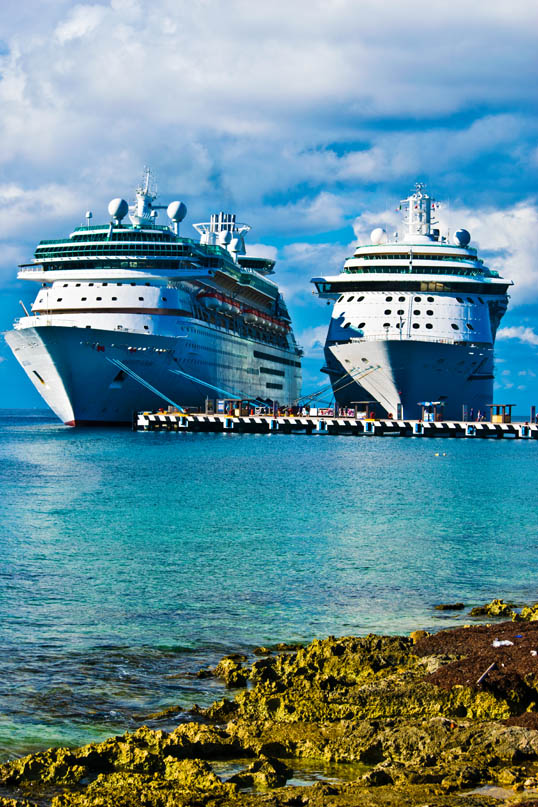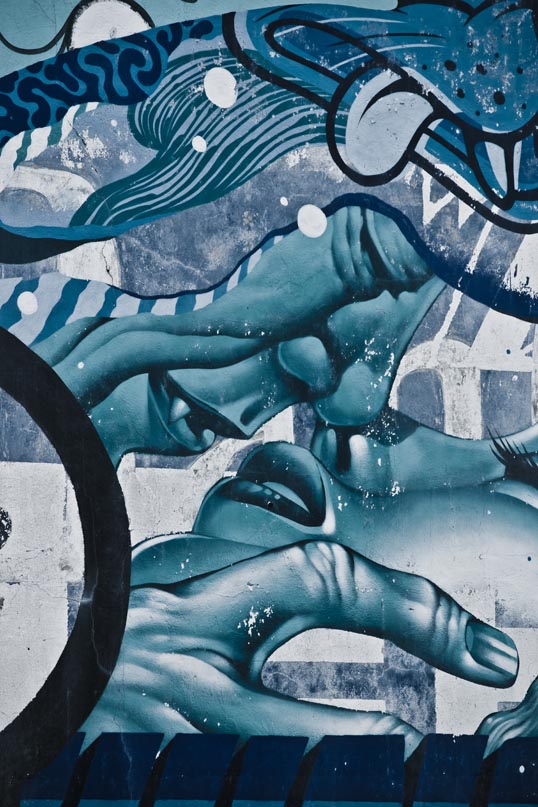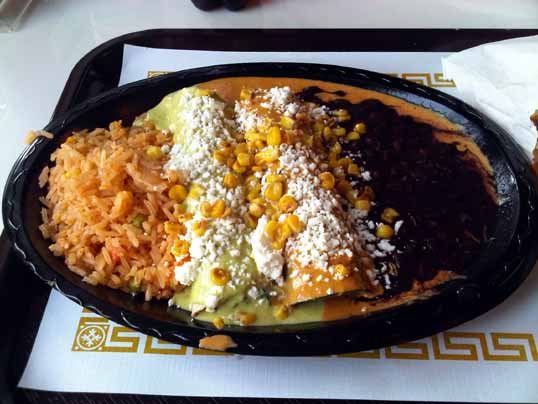Energy, and How to Get It
All of us know people who have more energy than we do, but the science of the phenomenon is just coming into view.
Good Vibes Are Contagious
Studies show that your emotions spread further than you think
11 Mental Tricks to Stop Overthinking Everything
Stop worrying and start growing.
How to Memorize the Un-Memorizable
Tips and Tricks for Building a Better “Memory Palace
Behold, the Book Blob
I am, of course, describing a book cover—or rather, the book cover, that of the current literary zeitgeist, whose abstract splotches are a ubiquitous presence in the new releases display at your local bookstore.
87 Hilarious Comics That Perfectly Describe The Life Of An Artist
All artists have a lot in common. Whether you’re a comic artist or a painter – you still experience similar situations like lack of inspiration or constantly being asked “Will you draw me?”
Boquillas Port Of Entry At Big Bend National Park To Reopen

From my old blog, The Daily Epiphany, Friday, March 23, 2001 (just a few months before 9/11 changed everything)
El hombre escribiendo
The border between the US and Mexico is a big deal in most places – controlled bridges, customs, crowds, fences, razor wire, a complete difference from one side to another.
Here in Big Bend the border is a greenish sluggish river, barely waist deep, and the crossing is a decrepit old rowboat called “La Enchilada.” A ride across the Rio Grande cost $2. “Pay me on the other side,” the boat’s captain told me – apparently to avoid the onus of doing business in a US National Park. Two quick strokes on his paddle and we were in Mexico.
A busy crowd on the gravel bar was hawking handmade jewelry, walking sticks, and rides by burro, horse, or pickup truck into the village. I walked past the jabbering, bargaining crowd (a handful of elderly tourists were renting some burros) and hoofed it the mile or so into the village.
It was a dusty, sandy walk through the floodplain thicket of Mesquite into the village of Boquillas itself. It’s a dirt-poor border town, a few short dusty gravel streets lined with scattered adobe huts. Each hut has its own table covered with rock crystals, scavenged from the nearby mountains, for sale. The main street has one restaurant, Falcon’s, and a handful of cantinas – some very shady looking.
Above the village rears the amazing escarpment of the Sierra del Carmen. Those cliffs, jagged like broken teeth dominate the skyline of the entire park, visible clear up to the headquarters thirty miles away.
I settled into the breezeway of Falcon’s – surprisingly seat once I was out of the burning sun and shaded by the roof of traditional vigas. A few others were already there – a big group of tourists sitting at one long table and a couple of local Texas ranchers with their families – the men were bargaining with the owner of the restaurant over the sale of a pickup truck.
Two rooms selling really bad Mexican handicrafts flanked the open breezeway. I had hoped to buy Candy a birthday present there, but there wasn’t anything worth looking at. At the end of one room was the restaurant kitchen, which looked like one from a small apartment. The owner’s daughter stood there looking bored and cranked out the food. One tourist asked to, “see the menu” and the daughter replied, “tacos y burritos.” Each were three for a dollar.
I ordered a Corona and a plate with three tacos and three burritos. The food was greasy and good – small handmade corn tortillas served with a bowl of diced jalapenos and onions. The beer was cold. I sat and ate and drank my beer and wrote a little in my notebook.
Local children selling little woven bracelets carried on pieces of cardboard swarmed the restaurant. I bought two for Nicholas, one said Big Bend the other Boquillas. The pesky kids were really bothering the big table of tourists. Eventually the wife of the restaurant’s owner came out and shooed them away – even the few that were standing around my table.
“El hombre escribiendo!” she shouted at the children near me.
After finishing a second beer I decided to walk around a bit more, having to constantly fend off the little street vendors. I decided I was still thirsty so I stopped by one of the cantinas for a cold Dos Equis. It was a roomy bar with tables and two pool tables at the back; Spanish rap music blared out of an unseen boombox somewhere. The long bar was lined with every imaginable brand of cheap Mexican tequila, mescal, and sotol.
A sunburned Mexican drunk conned me into buying him a Tecate – then left me alone. A couple of American college girls came in for beers and then three guys wearing Chi Omega Intramurals T-shirts came in for shots and bought a round for the girls.
“Where you from?” the bartender asked the girls.
“Indiana.”
An older couple came in and bought four bottles of some odd colored liquor. The bartender carefully wrapped it so they could get it back across the border.
The owner came and sat with me and we spoke a bit, mixing English and Spanish. It is so rare that I speak Spanish anymore my mouth felt odd forming the sounds. The Mexican beer helped.
He made some rude remarks in Spanish about the girls at the bar; then asked me where I was from. I told him I drove through Monahans to get to Big Bend.
“Big prison in Monahans,” the owner said, “I have nephew in prison there.”
Then he indicated the sunburned drunk, “He the police here, only police in Boquillas.”
I considered asking to see his badge but thought better of it. With the sleazy cantina, the dusty streets, and the mountains rising high overhead things were getting way too Treasure of the Sierra Madre feeling for me, so I decided to head back to Texas.














